Wisteria Enfleurage
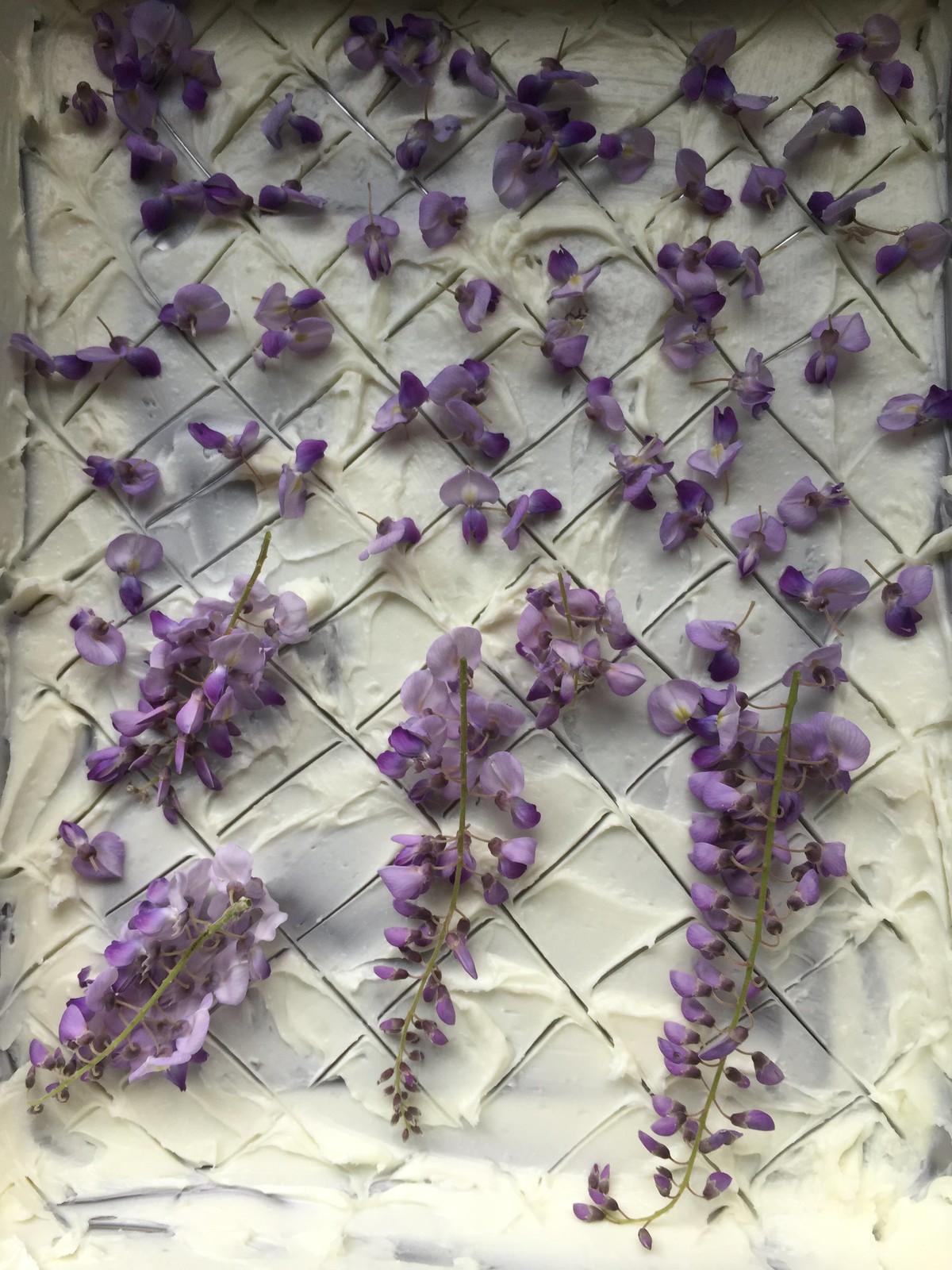
Wisteria is one of my favourite plants. In all season, it has grace and character. The delicate, fragrant and decorative racemes of purple flowers in the spring against the grey branches, followed by copious green and shade-giving foliage it the summertime, changing leaves in the autumn, and even in the winter, when it's dormant, it manages to keep its beauty with the sparse grey branches and trunk that curl around whatever it's climbing on.
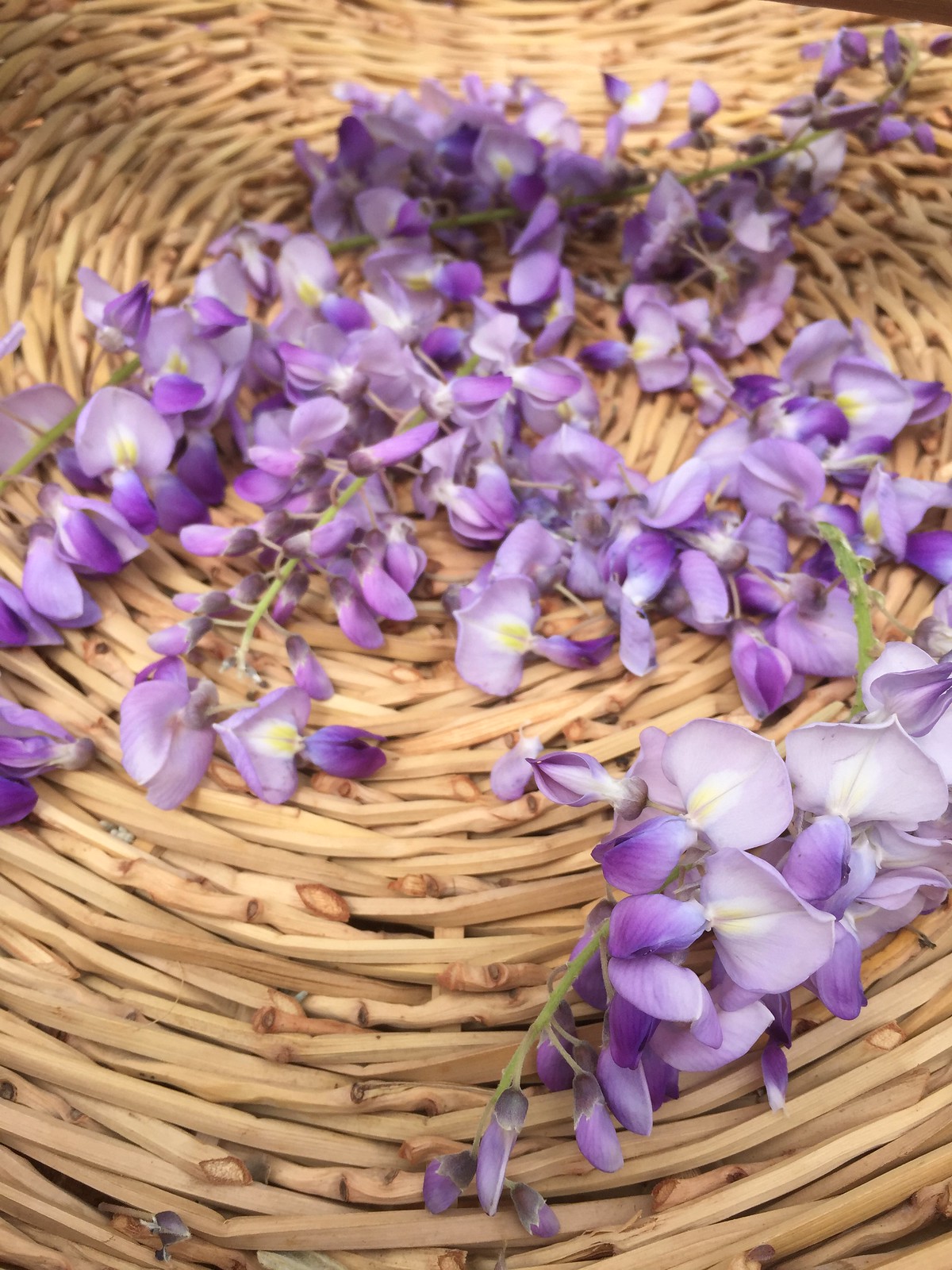
I planted my wisteria in the summer, to give shade to my eastern window, which is bringing in too much heat in the summer months into the Pilates studio (and there are plenty of those where I am now). In the winter, when it's barren, it will allow the gentle winter sunrays to get through the east window and bring light and warmth to the room.

I was thrilled when the first clusters of buds started showing - but soon enough, there were nasty black beetles with white dots, the same ones that munched away at my roses last year - literally feasting on this and wrecking havoc! To top that damage off, a couple of days of dry east wind, and most of the flowers were gone. I was able to set up about two recharges of enfleurage trays, and it looked promising, but then turned kinda sour and musty smelling. My only consolation is that next year there will be more. And also there is still an abundance of sweet pea flowers to enfleurage, as well as broom. So I will have lots fo sweet smells to play with very soon. Not all is lost!
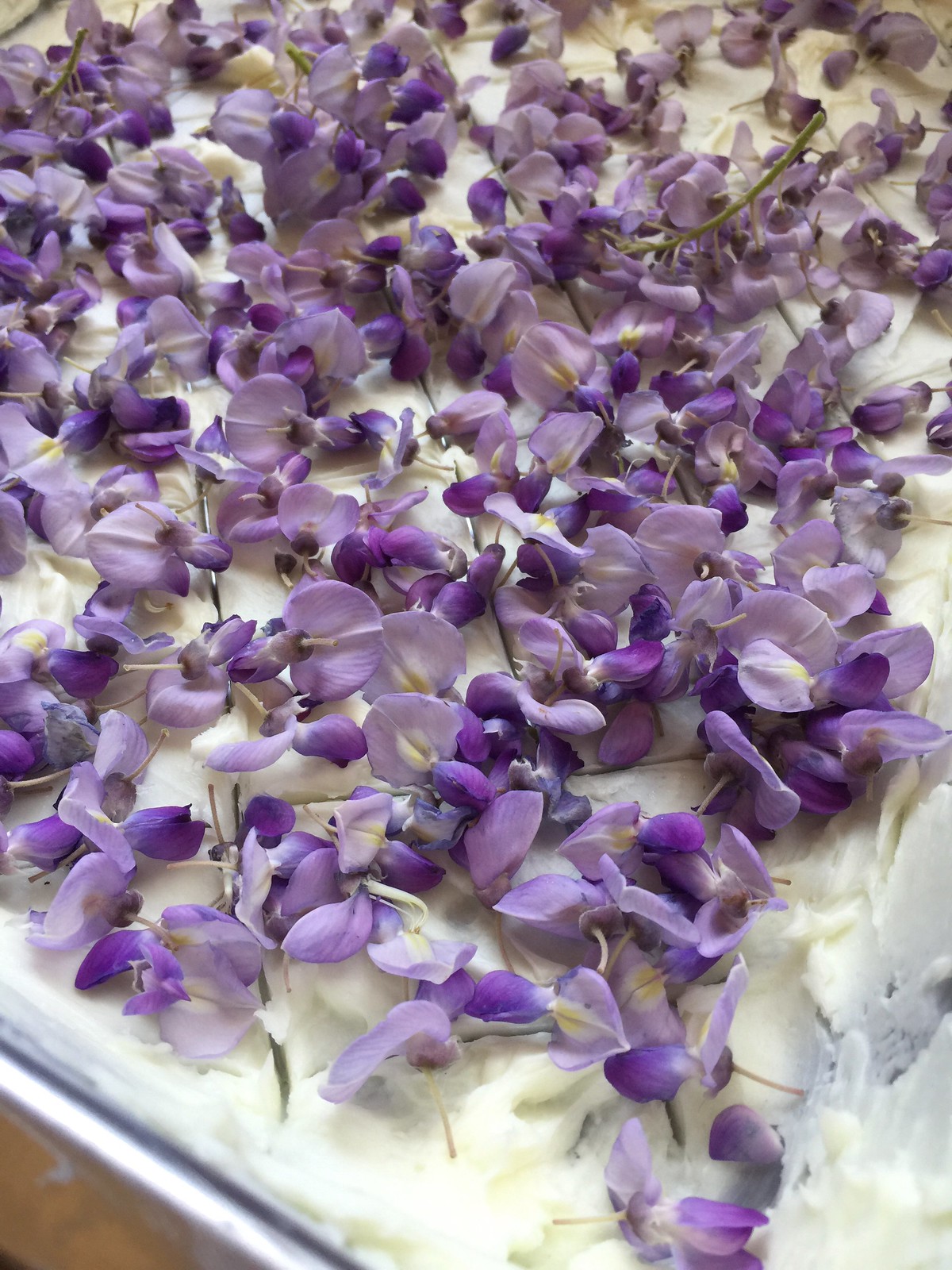
Wisteria (Wisteria sinensis) belongs to the Fabaceae/Leguminosae family, and has flowers like all the other legumes, resembling butterflies and often fragrant, and even edible. Please note that wisteria contains a toxic glycoside in all parts to he plant - wisterin. It will causes all fun digestive nightmares, such as nausea, vomiting, diarrhea and stomach ache. So don't eat it and make sure children don't get tempted to taste it!
The flowers are often purple (though white varieties also exist), with a yellow and white "landing strip" for guiding the insects to the reproductive organs.
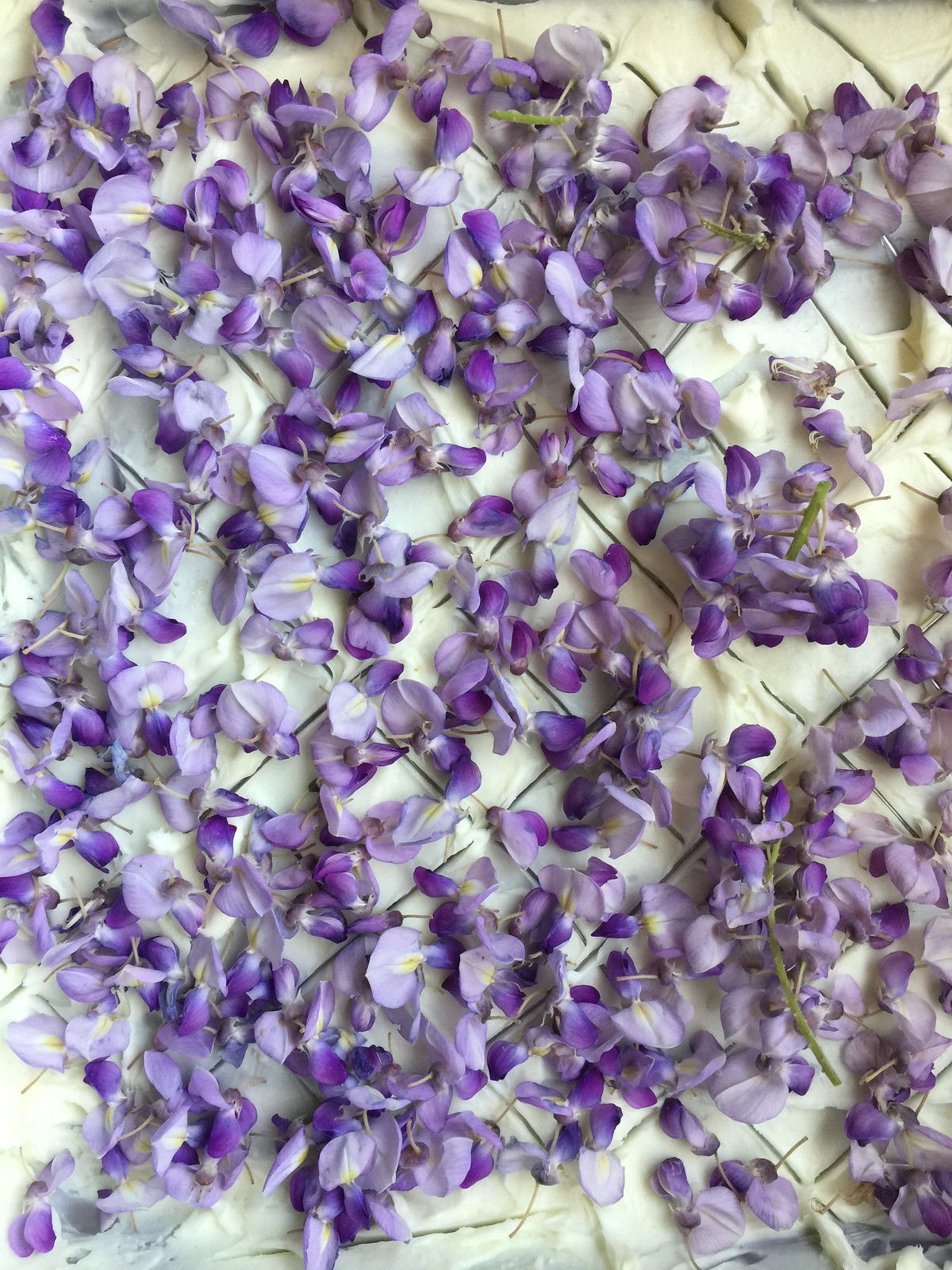
As for the scent itself, it is hard to describe, and in my opinion also not exactly as distinctive as, say, sweet pea. I find the one growing this year at my garden it to be extremely similar to ylang ylang, with pronounced clove-like scent. It has a lovely creaminess, however I am lost for words describing exactly what is special about it. I remember the ones growing in Vancouver as having a soft-focus personality, more powdery yet also heady. I do not recall them being so clove-like at all. Bo Jensen describes the wisteria scent being "a pleasant, mild, warm and creamy sweetness with rosy, peppery and spicy nuances", and cites Joulain et al. research with the key molecules as being beta-chromenes 7-hydroxy-6-methoxy-4H-1-benzopyran and 6,7-dimethoxy-4H-1-benzopyran, as well as 3-hydroxy-4-phenyl-2-butanone or phenylacetoin.
Poucher's one and only formula for Glycine, No. 1086 (Wistaria) from the rather archaic 1959 edition is spelled with an "a" instead of "e" and includes:
180 Hawthorn, Synthetic
50 Eugenol
100 Methyl iphone
100 Hydroxy citronallal
70 Ylang oil, Bourbon
80 Rose centifolia, synthetic
190 Jasmine, synthetic
100 Terpineol
40 Coumarin
60 Heliotropin
30 Musk ketone
--------
1000
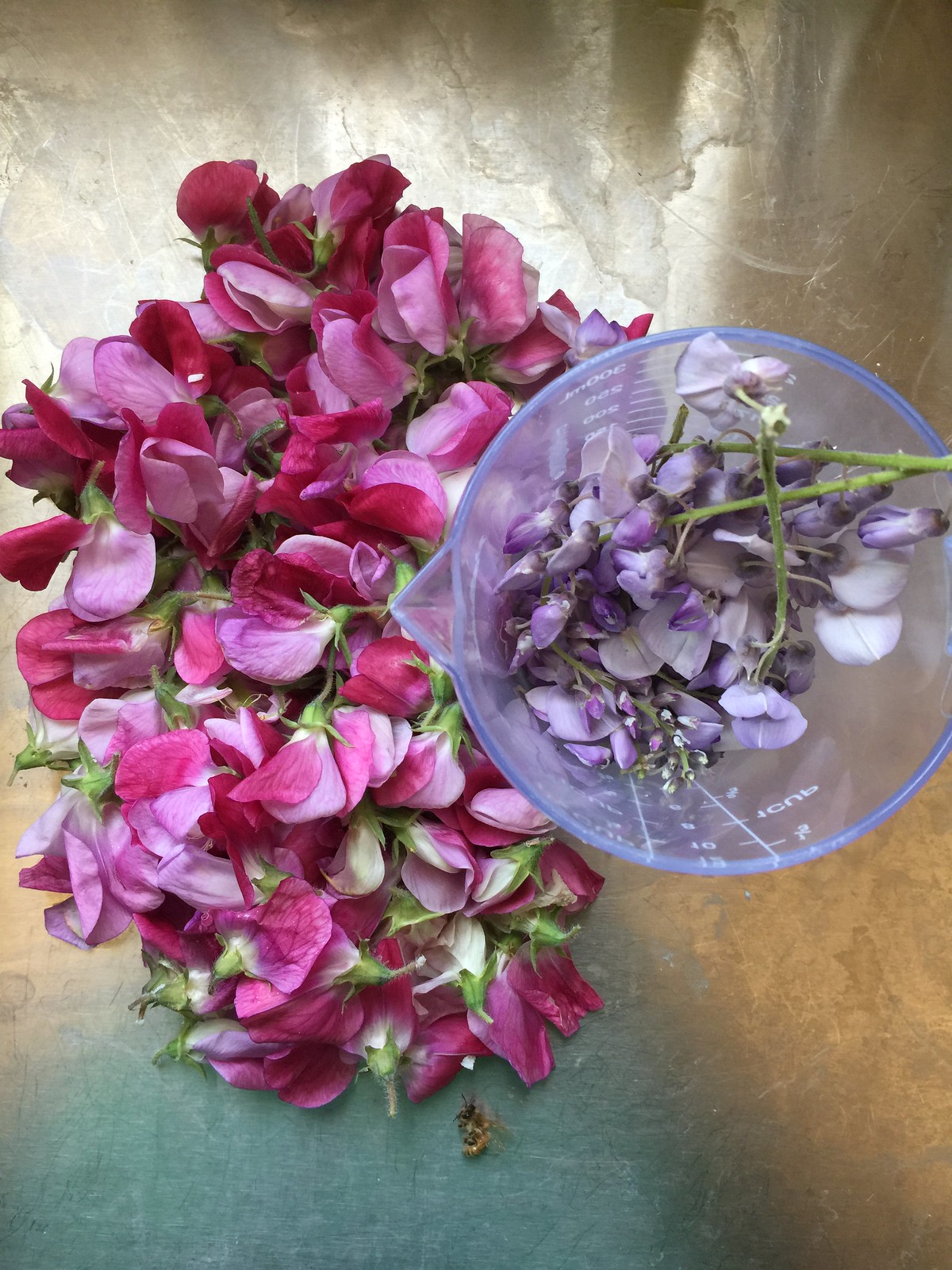
Here you see my post-enfleurage flowers of both sweet peat and wisteria. In other words: Trash. I have not only the best smelling garbage but also the best looking!

Next year is a blank slate... And I hope I get a better, more robust and abundant harvest, and also that it wouldn't turn on the tray. In the meantime, I'm actually feeling inspired to try and recreate it myself with my current arsenal of extraits from enfleurage. Wish me luck...
Labels: Ayala Moriel Perfume Garden, Botanical Garden, Enfleurage, Vegan Enfleurage, Wisteria, Wisteria Enfleurage



0 Comments:
Post a Comment
<< Home